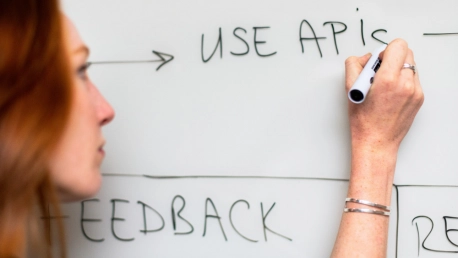For some time now, Proof of Concept has been an essential step in the process of developing new software. The idea behind a Proof of Concept, known as a PoC, is simple. It is a set of demonstrations regarding the feasibility of a concept, tool or tech project. Before you start work on new technologies or new software tools as part of your business plan, you need collateral to validate the idea, and to test the assumptions. From a technological point of view, this feasibility study sums up the capabilities of a PoC. Explore why PoC is such an essential step in the process of developing new cloud computing applications.
Understanding Proof of Concept (PoC)
Also known as Proof of Principle, PoC is a method used to determine the applicability and feasibility of projects. A PoC can be applied to many fields like finance, insurance, tech industry, film, engineering—and the method can be adopted by startups and large enterprises alike.
PoC does not aim to test the product among the target group or collect user feedback, but only to check whether the implementation of a given idea is feasible in the framework. This is because there is no universal recipe for an application based on mixed technology environments. For example, to build a game for mobile platforms, developers will use a different programming language, framework, or database system than creating a global platform for intelligent Big Data analytics. It’s similar to cloud technologies. They have specific requirements that need to be adapted to the architecture and source code.
Developing the PoC of the project allows determining the products’ feasibility, and identification of potential threats in the build and development process—even before the DevOps team starts working.
Proof of Concept versus software testing
Whether you want to add new features to existing software or build new cloud-based software from scratch, a PoC helps you visualize the technical feasibility of an idea. All in all, the work behind a PoC is about finding practical answers to technological-derived problems. Thus, a PoC has no way to equal the full practicality of a software test, but it can be the reason why it may or may not be done.
When building an application to use cloud services, it is important to plan not only the system architecture, but also the cloud architecture correctly. When building this type of software, you must select and properly arrange system elements between cloud services. To verify the concept, you could also create a PoC for the new product’s infrastructure to check whether such a solution will work and possibly, if cost-effective, provide an adequate level of scalability. Cloud storage security should also be an important factor.
Developing cloud-native applications and migrating to the cloud from another infrastructure
Cloud-native is an approach to building and developing applications that involve the use of public cloud services. Using ready-made cloud tools allows you to publish new products or introduce new functionalities faster.
Migrating applications from your own server, a host, or a virtual machine is rarely done in a lift-and-shift model (e.g. transferring source code without making significant changes). Even when migrating from one cloud solution to another, changes need to be made. It is often necessary to refactor or adapt the application architecture to cloud services—especially if you intend to extract more from the cloud than just the memory and computing power of virtual machines.
Developing a PoC in this case will not only determine whether migration is feasible according to the guidelines, but also how much refactoring needs to be done, and whether moving the system to the cloud will be profitable.
Increased adoption of cloud solutions
In theory, an app hosted on the cloud service provider’s virtual machines is already in the cloud. In practice, the level of cloud adoption, in this case, is quite shallow and, if the application developer wants to use more cloud computing (e.g. move system elements to managed services), they would need to introduce changes in the application architecture and code.
For example, if a developer wants to move an application from Compute Engine virtual machines to containers and use the Google Kubernetes Engine service, the developer intends to increase application availability and performance due to load balancing, and is interested in using a managed SQL cloud database. In such a situation, the cloud architect will prepare a PoC taking into account the selected services, and running on them an example source code provided by the customer.
Proof of Concept is, or at least is recommended to be, an inseparable step in the process of building a new product. Whether you plan to build a cloud-native application from scratch, are inclined to migrate to and use cloud computing services, or want to increase cloud adoption, it’s wise to build a PoC. The PoC will allow you to assess the feasibility of implementation, what the potential risks are and whether the chosen path will be the right financial one in the long run.









